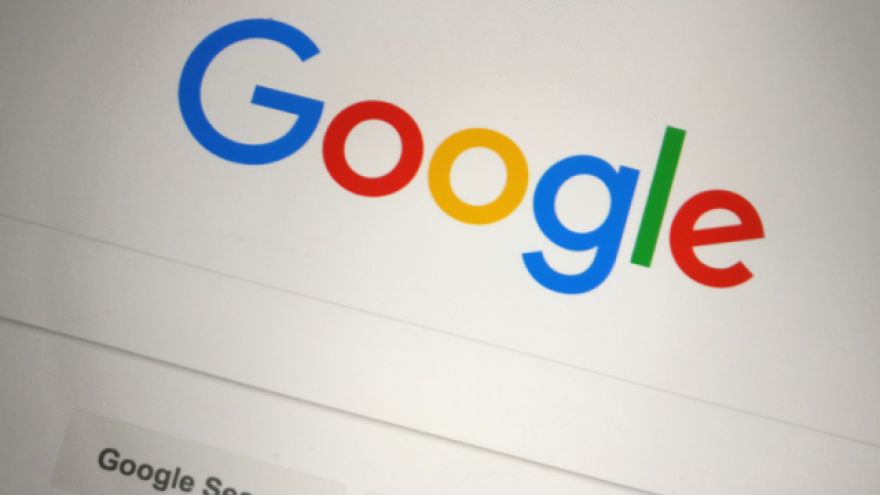
Rumors began to percolate a few weeks back that Fitbit was interested in being acquired. Google was cited as an interested party, and the deal was . The $2.1 billion deal is now facing a new challenge as the US Justice Department has . Fitbit has been in the wearable market for years, but it spent most of that time making simple fitness trackers. As smartwatches gained in popularity, Fitbit got a bit more adventurous. It eventually acquired the remains of smartwatch startup Pebble and launched its first smartwatches. Meanwhile, Google launched Wear OS more than five years ago and has utterly failed to gain any appreciable market share.
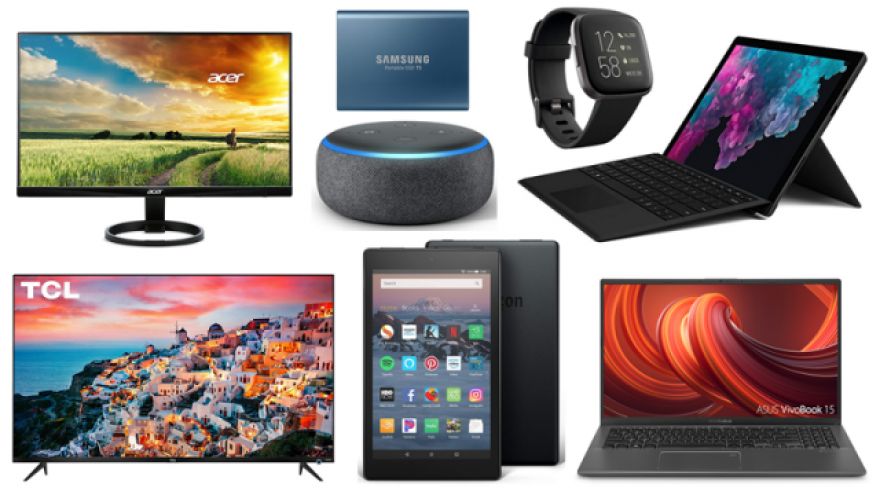
Need a new tablet? Today you can get Amazon’s Fire HD 8 marked down to the affordable price of just $49.99, which is the same awesome deal on this tablet that was available on Black Friday. Amazon’s Fire HD 8 tablet features an 8-inch display with a resolution of 1,280×800 that is suitable for watching HD videos. The tablet also features 1.5GB of RAM, a 1.3GHz quad-core processor and 16GB of storage space. It also has a battery that’s rated to last for up to 10 hours on a single charge. Right now it’s marked down from Amazon from $79.99 to $49.99, which is the same price it cost on Black Friday.

NASA is working on the necessary technology to return to the moon, but that’s just a stepping stone to the agency’s goal of sending the first humans to Mars. Reaching will be a challenge, but the agency is already working to narrow down landing sites. A new NASA-led study based on the availability of water ice hiding just below the surface. Traditionally, astronauts have brought everything they need for a mission from Earth. That vastly increases the mass of launch vehicles and limits what the team gets to bring. That’s why NASa is exploring the possibility of collecting the necessary resources and materials at the destination, which is known as “in situ resource utilization.
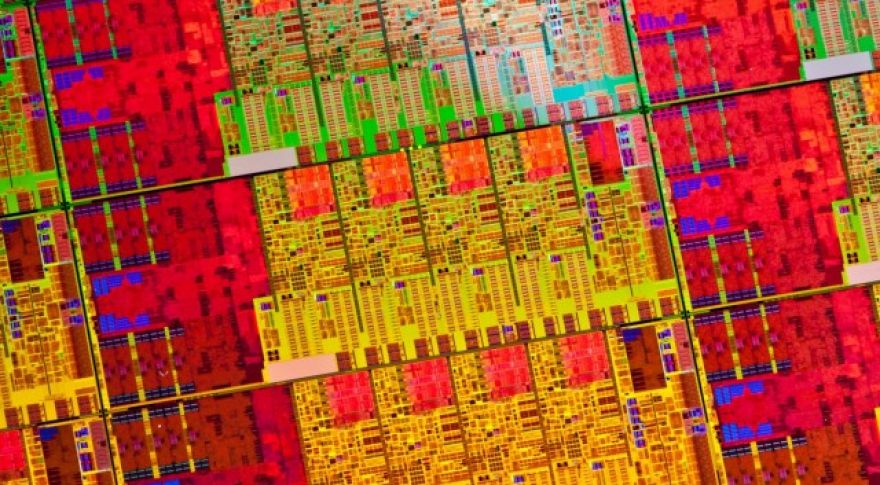
Intel launches and retires new products on a regular cadence, but it doesn’t typically resurrect CPUs once it’s made the decision to send them up to the big bit bucket in the sky. Intel recently announced that the Pentium G3420, a 22nm, Haswell-era CPU would return to active manufacturing less than two weeks after Intel announced it would be retiring the tiny core. You can see the from Intel below. This is yet another symptom of the processor shortage that Intel has been . The reason I think it’s interesting to catalog the various changes Intel has made to its product lines as a result of the ongoing CPU shortage, which has now been running for , to greater and smaller degrees, is that it shows how a manufacturer with long factory bring-up times can manage capacity between 22nm, 14nm, and 10nm.
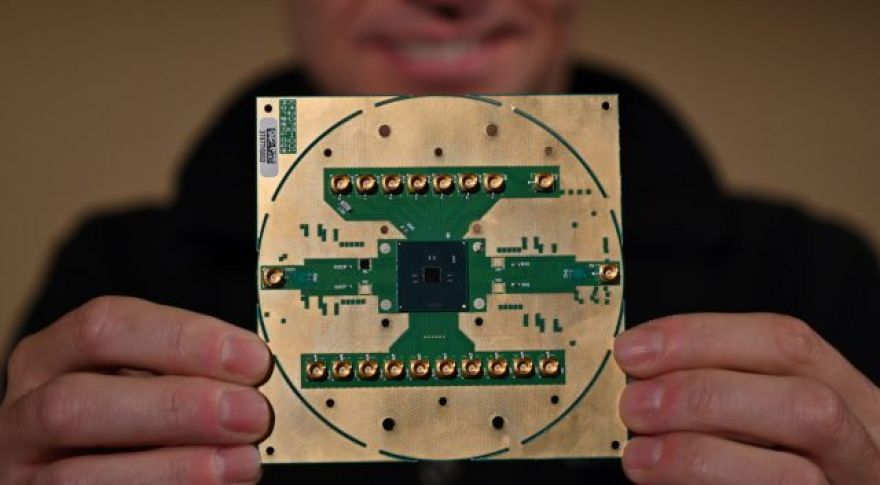
Over the past few months, IBM and Google have released competing claims and announcements about various quantum projects each has in the works, including Google’s claim to have achieved a real-life world first with a demonstration of so-called quantum supremacy. While Google and IBM were slugging it out a few months back, Intel quietly released an editorial focused on what it called “,” which we’ll generally define as “The point at which quantum computers start being genuinely useful.” One of Intel’s biggest points in that editorial was that we may need to scale up to hundreds or even thousands of qubits to perform useful work once error-correcting qubits are factored into the equation.
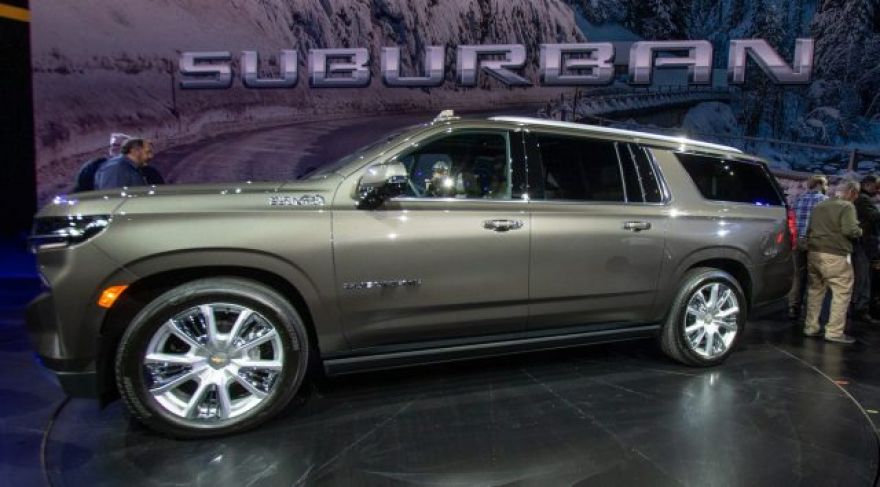
DETROIT – America’s oldest vehicle nameplate, the Chevrolet Suburban, advanced to its twelfth generation Tuesday night with significant changes. Switching to an independent rear suspension (IRS – no, not the tax people) lowers the rear floor for more cargo and legroom. More driver/safety assists were added, technology was enhanced, and the cockpit gets up to five big displays. As Chevy adds more sensors that create more data, GM upped compute power so the vehicle is capable of processing 4.5 terabytes of sensor and infotainment data per hour, a 5X improvement. For those who want an improvement in mpg, a diesel will be offered along with two gasoline V8s.
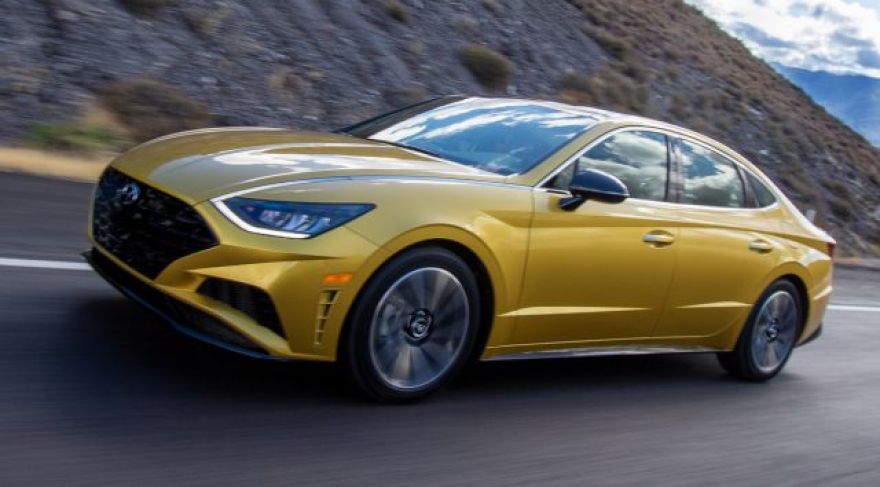
The 2020 Hyundai Sonata is a strong exception to the rule that “sedans are dying.” The car looks sleeker and sportier, significant safety gear comes standard, the upper trim line lets you press a key-fob button to summon your car out of the garage before you get in, blind spot detection cameras show video of approaching cars in the instrument panel, and the Level 2 self-driving feature works well. The tech just keeps on coming: Forgotten car keys will be a thing of the past with the Sonata because you can use your phone as a key (as long as it’s Android, not Apple) or use a hotel-key kind of NFC card you hold against the lock.
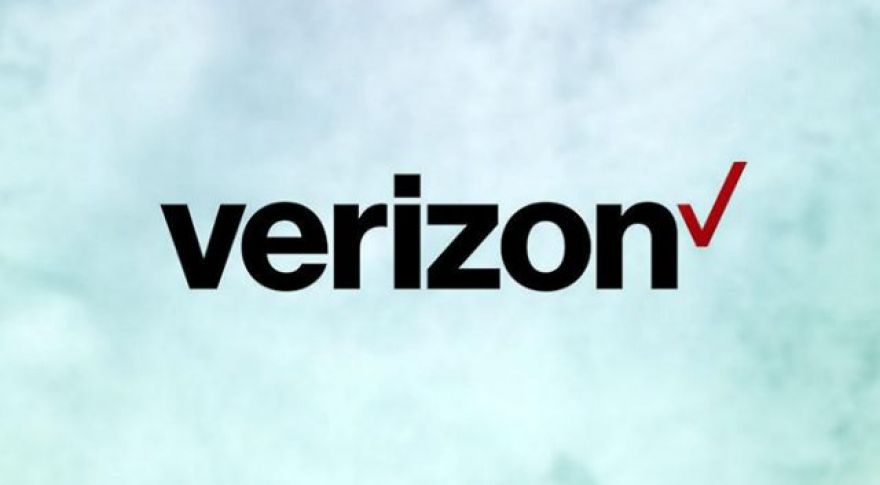
It didn’t take a rocket scientist to predict that Verizon would mismanage many of the properties it acquired in the Yahoo deal. After the , Verizon has moved on to Yahoo Groups. The company plans to purge all Groups in a few days, and it just that were trying to archive the data before it goes away forever. You probably don’t use Yahoo Groups — no one does, and that’s why Verizon is killing it. That part is neither surprising nor inappropriate. Verizon correctly points out that it doesn’t make financial sense to maintain millions of groups on a service that gets almost no usage.
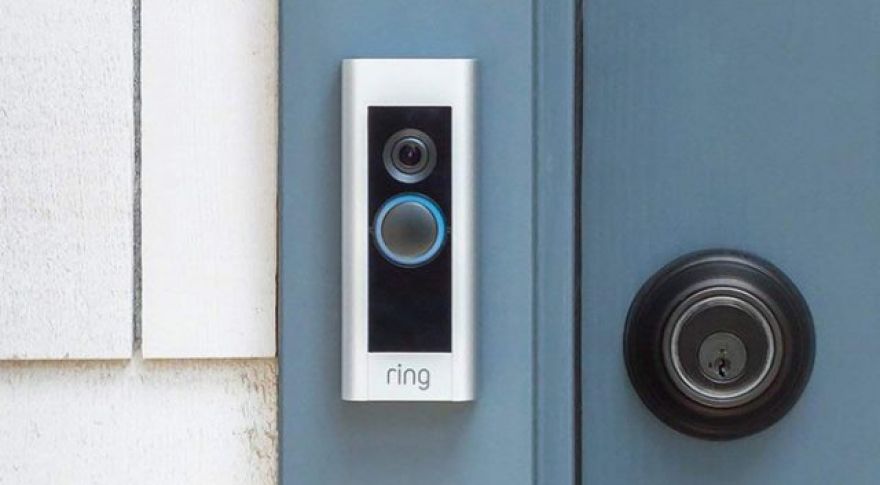
Amazon-owned has come under fire in recent months for its ever-expanding camera sharing features and cooperation with police. Through it all, Ring has insisted that users have complete control over their data, and their locations are kept private. However, an investigation by Gizmodo shows that . When you buy a , the company pushes its optional Neighbors app hard. In Neighbors, you can share video footage and get crime alerts for your local area, which sounds good in theory. In practice, however, it can lead users to become unreasonably suspicious of strangers (particularly people of color) who happen to walk past nearby cameras.









